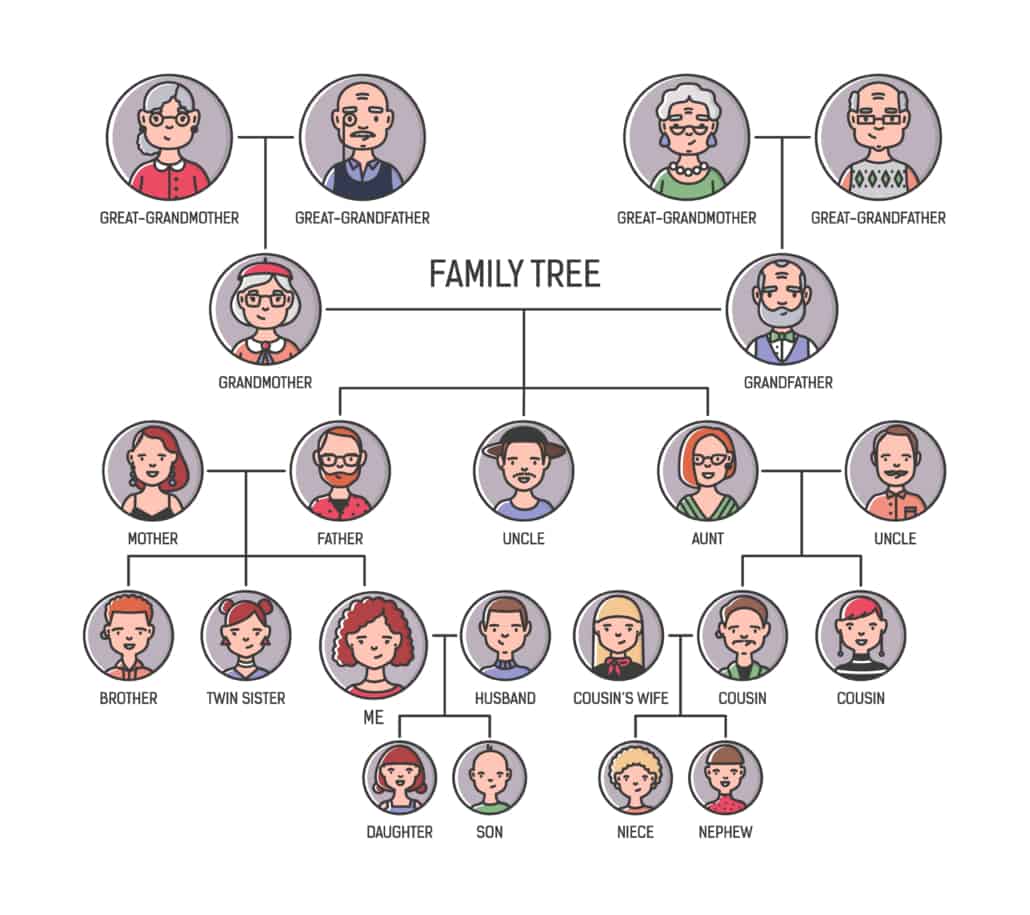You Need to Look Beneath the Surface
Much of the work that is done to preserve wealth so that it can be transitioned to subsequent generations of a family involves creating complex structures.
These structures, which are often put in place by highly compensated experts with years of training, are frequently a necessary component of such successful transitions; they are rarely, if ever, sufficient, in and of themselves.
There are plenty of other blogs on this site that I’ve written over the years that make this point, so that aspect of this week’s post is not new.
Here’s arecent example that comes to mind: When Structural Solutions Aren’t Sufficient.
In order for the structures to properly do the work that they’re designed to do, it is necessary for the right human relationships to be in place to support them.
The structures alone will not cut it, at least not in the long run.
Please note, this is the hill upon which I am prepared to die, for the record.
The 2014 Tent Analogy
Years ago I came up with an analogy to reinforce the notion that there’s often something that’s not easily seen that helps support a visible and useful structure, and I wrote about it here: Creating the Family Business Legacy You Want.
That was admittedly an ambitious title for a blog about a tent, but I think it shows how my writing has evolved!
The crux of it was that we all see the shell of a tent, which is what provides shelter when camping, but without the poles, ropes, and pegs, the shell alone is actually pretty useless.
So What, In Turn, Supports the Relationships?
So I told you earlier what was not new, and we just reviewed the structure part and how it must be supported by the family relationships, so now let’s move on to what is new this week.
The question of the week this time is, what supports the relationships?
Apologies to those for whom this is a no-brainer, but I had an “A-Ha moment” about this, so I assume there might be one for some readers too.
In order to be strong enough to do the work
they’re supposed to do, the relationships
need to be supported by connection.
The A-Ha moment, for those who want to actually hear it, can be heard in this podcast I hosted last year: Let’s Talk Family Enterprise – Episode 26: Advice That Sticks
If you go to the “20:39” mark (or -12:24), my “Wow” is actually audible. (Thanks to Dr. Moira Somers for leading me there)
Connection – The Prerequisite to Being Heard
So if the secret to sustainable relationships is connection, there are a few different ways we can look at this.
Let’s start with being heard, i.e. making sure that what you want others to know about you is actually coming through all the way to what they hear, and perhaps more importantly, how they hear it.
It feels to me like this has a lot to do with being authentic and perhaps more than just a little bit vulnerable.
Somehow, when you let that side of you come through, what you say will likely be “felt” and not just heard.
Connection – The Prerequisite to Hearing Others
But what about the other side of this equation, the one about hearing others, where does connection come into play?
Here curiosity and empathy are key, and the first thing to realize is that not everyone scores high on these elements.
As a listener, you need to be able to take the time to truly listen to people to feel what they are relating to you, not as someone who has a solution to sell them, but as someone who is curious about them, and who’s trying to feel what they’re feeling.
Please resist the temptation to offer your pithy, simplistic solutions that you’ve rehearsed for this occasion.
Connection: A Two-Way Street
As we’ve just seen, the idea of connection isn’t a one-way street, but a two-way, back and forth, with a yin and a yang.
If you are privileged to work with families, and you want to solidify your relationships with them, it is well worth spending time and effort on your deeper connection with them.
And I hope that at least some of you noted the other nuance here, which is that you do not have “a connection” with a family, but as many connections as there are members of the family!
So you probably have lots of work to do.



